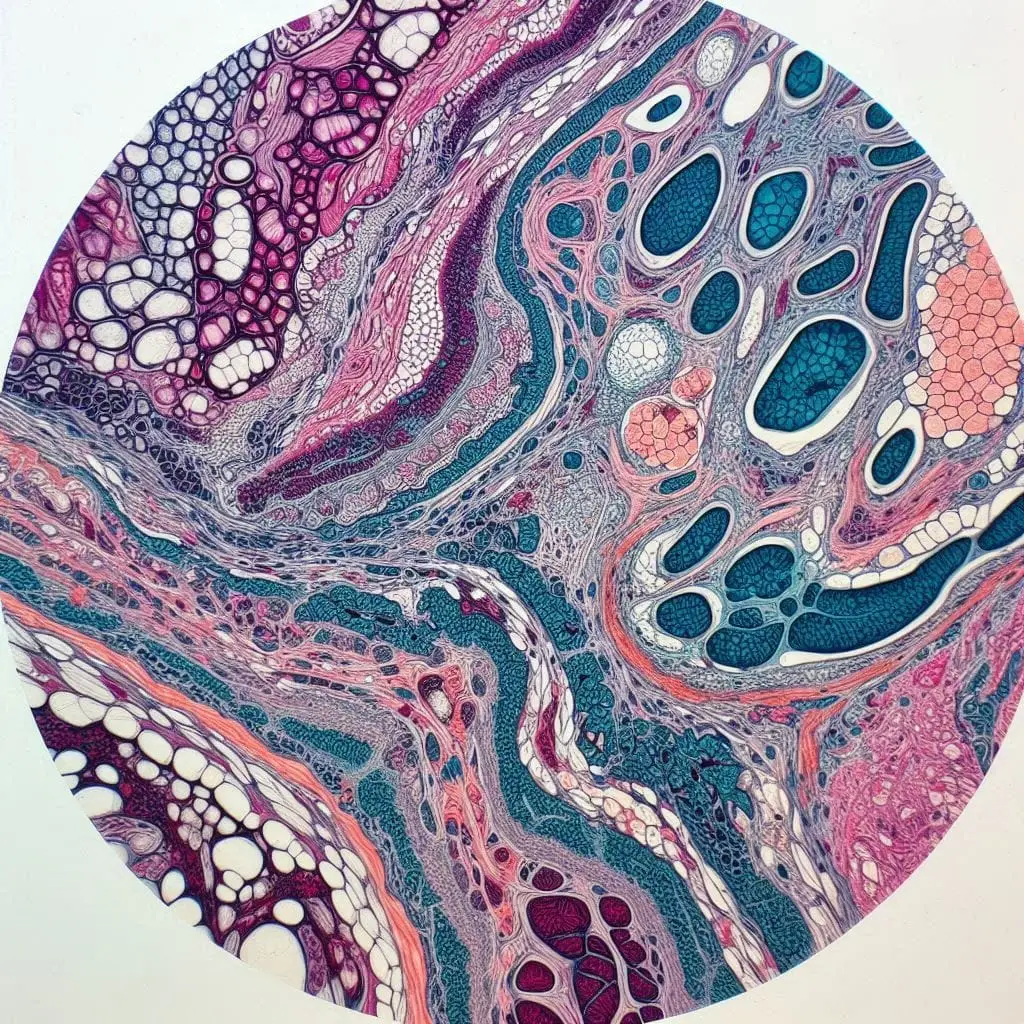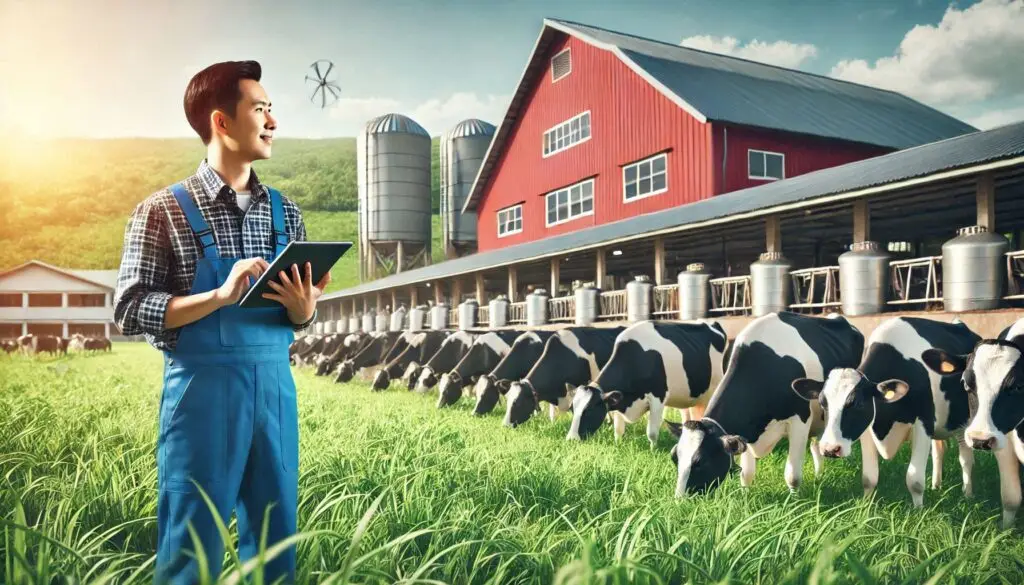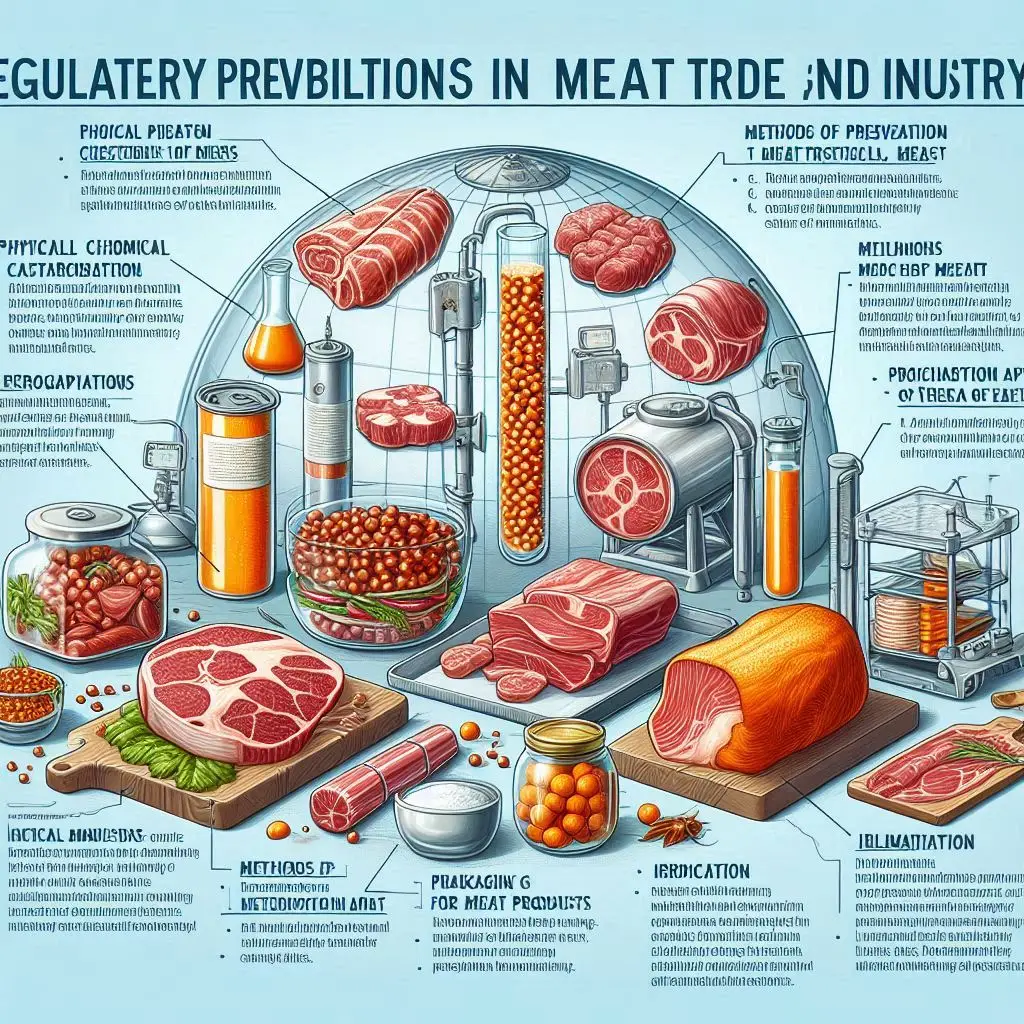Silage: Advantages, Disadvantages, and Best Practices

What is Silage?
Silage is a fermented feed material produced from green foliage crops. It undergoes controlled fermentation in anaerobic conditions, typically stored in silos. The main goal of silage making is to preserve the nutritional value of forage through a natural pickling process. During this process, lactic acid bacteria ferment sugars present in the plants, producing lactic acid that lowers the pH and prevents spoilage.
Advantages of Silage Making
- Year-Round Feed Supply: Silage production allows farmers to have high-quality fodder available throughout the year. This is especially important during dry seasons when fresh forage may be scarce.
- Weather Independence: Unlike hay production, which relies on dry weather for curing, silage can be made regardless of weather conditions. This flexibility helps ensure that farmers can produce feed even during unpredictable weather.
- Higher Nutritional Value: Silage often retains more nutrients compared to hay. For example, maize silage can have a 30-50% higher nutritional value than maize grain or straw.
- Reduced Nutrient Losses: Nutrient losses during silage production are typically below 10%, while hay production can result in losses of up to 30%. This makes silage a more efficient method for preserving feed quality.
- Efficient Use of Land: Farmers can produce multiple crops annually using silage methods. This maximizes land use and increases overall productivity.
- Space Efficiency: Silage requires significantly less storage space than hay—up to ten times less—making it easier for farmers with limited storage options.
- Utilization of Byproducts: Silage allows for the optimal use of crop byproducts that might otherwise go to waste.
- Improved Animal Health: With a consistent supply of nutritious feed, livestock maintain better health and productivity throughout the year.
Disadvantages of Silage Making
- High Initial Costs: Setting up silos and purchasing necessary equipment can be expensive for smallholder farmers. The investment required may not be feasible for everyone.
- Labor-Intensive: The process of making silage can be labor-intensive, especially during harvesting and packing stages.
- Risk of Spoilage: If not properly prepared or stored, silage can spoil quickly. Poorly prepared silages may not be accepted by animals.
- Nutrient Loss After Opening: Once a silo is opened, the remaining silage is exposed to air and can spoil within days if not consumed promptly.
- Limited Vitamin D Content: Silage generally contains less vitamin D compared to sun-cured hay, which may affect animal health if not supplemented appropriately.
- Transportation Challenges: Transporting silage over long distances can be more difficult than transporting hay due to its bulkiness and moisture content.
Factors to Consider in Silage Making
To produce high-quality silage, several factors must be taken into account:
Crop Selection
Choose crops that have soft stems and high moisture content for better fermentation results. Common choices include:
- Corn (maize)
- Grasses (ryegrass, fescue)
- Legumes (alfalfa, clover)
Harvest Timing
Harvest crops at their optimal stage of development—typically when about 50% are in ear emergence—to maximize nutritional content and biomass yield.
Wilting Process
Wilting reduces moisture content before ensiling, helping to minimize effluent production during fermentation. Aim for a moisture level around 60-70%.
Packing Techniques
Ensure thorough packing of chopped forage into airtight structures to eliminate air pockets that could lead to spoilage.
Sealing Methods
Cover silos with airtight materials like plastic film or tires to prevent air ingress and promote effective fermentation.
Principles of Fermentation in Silo
Fermentation occurs in four distinct phases:
- Aerobic Phase: Plant enzymes break down soluble carbohydrates.
- Enterobacter Bacterial Action: Produces acetic acid.
- Lactic Acid Production: Beneficial bacteria like Lactobacillus convert sugars into lactic acid.
- Stabilization Phase: Lactic acid production stabilizes at a pH range of 3.8 to 4.2, preserving the crop effectively.
Best Practices for Silage Preparation
- Chopping Forages: Chop forage into small pieces to increase surface area for microbial action.
- Moisture Management: Maintain an ideal moisture content (60-70%) during preparation.
- Efficient Packing: Pack chopped forage densely into airtight structures.
- Sealing Properly: Use airtight covers immediately after packing.
- Monitoring Fermentation: Regularly check the pH and quality during fermentation to ensure optimal conditions are maintained.
Important Crops for Silage Making
- Corn (Maize): Highly popular due to its high energy content.
- Grasses: Varieties like ryegrass are often mixed with legumes for improved nutrition.
- Legumes: Alfalfa and clover provide essential proteins.
- Sorghum and Sudan Grass Hybrids: Ideal for drought-prone regions due to their resilience.
Characteristics of Good Quality Silage
Good quality silage should have:
- A pleasant odor
- A pH between 3.8 and 4.2
- Firm texture
- Minimal butyric acid presence
- Bright green color without signs of mold
Conclusion
Silage making offers numerous advantages for livestock farmers by ensuring a consistent supply of nutritious feed year-round while minimizing waste and nutrient loss compared to traditional methods like haymaking. However, it also comes with challenges such as high initial costs and the need for proper management practices to avoid spoilage.
By understanding both the benefits and drawbacks of silage production as well as following best practices in preparation and storage, farmers can make informed decisions that enhance their livestock operations effectively.
For more pearls of Vets Wisdom:
https://wiseias.com/partitioning-of-food-energy-within-animals/





Responses